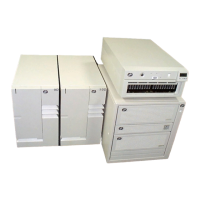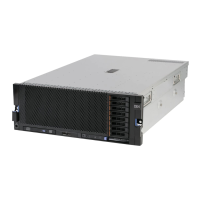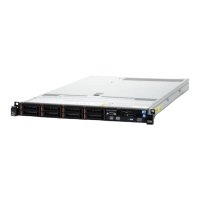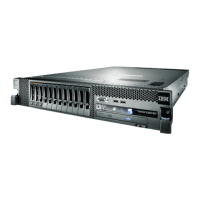makes an entry in the custom bootlist. If a default boot list device is missing from
the system, firmware enters 'none' in the corresponding location of custom bootlist.
Function Keys
PF1 Key
PF1, when operated from a directly attached keyboard, will invoke the System
Management Services (SMS) GUI interface.
The "key-switch" will be set to
Normal mode
.
Numerical 1 key will be the equivalent key on an ASCII terminal. The result,
however, will be the same as the function of PF4, as described below.
PF4 Key
PF4, when operated from a graphics console, will invoke the SMS program and
present the text interface.
The "key-switch" will be set to
Normal mode
.
Numerical 4 key will be the equivalent key on an ASCII terminal.
PF5 Key
The default boot list, located in firmware, will be used.
The "key-switch" will be set to
Service mode
.
Numerical 5 key will be the equivalent key on an ASCII terminal.
This mode will attempt to boot from the first device of each type found in the list. It
will not search for other bootable devices of that type if the first device is not
bootable. It will, instead, continue to the next device type in the list. If after one
pass through the boot list no boot record is found, Firmware will invoke the SMS
program. The firmware supports up to four entries in the boot list.
The default boot order is:
1. Diskette
2. CD ROM
3. Hard File
4. Tape Drive
5. Network
a. Token Ring
b. Ethernet
PF6 key: PF6 will work like PF5 with some exceptions
Firmware will look for a boot record according to the custom bootlist that was
setup by System Management Services.
Chapter 6. Firmware 6-5

